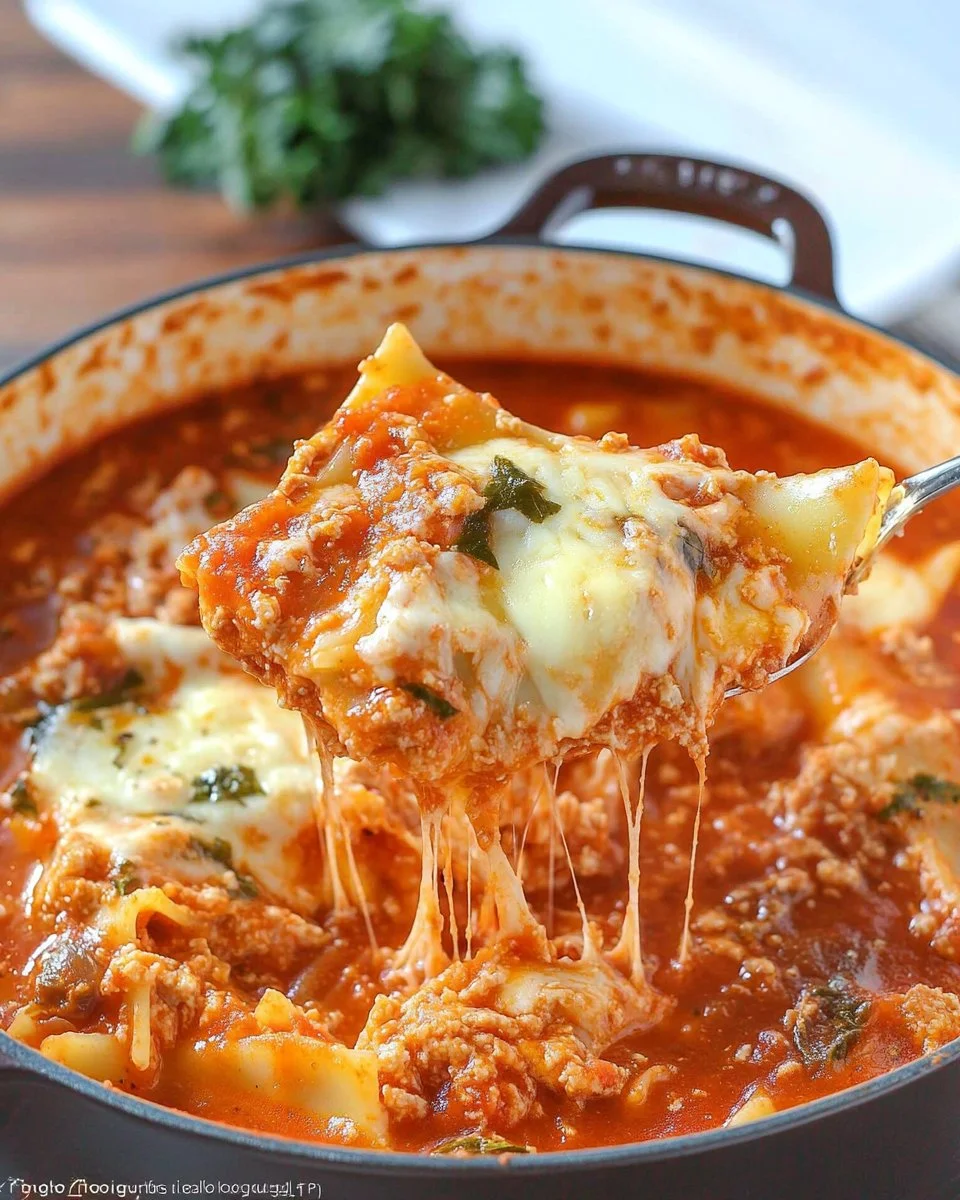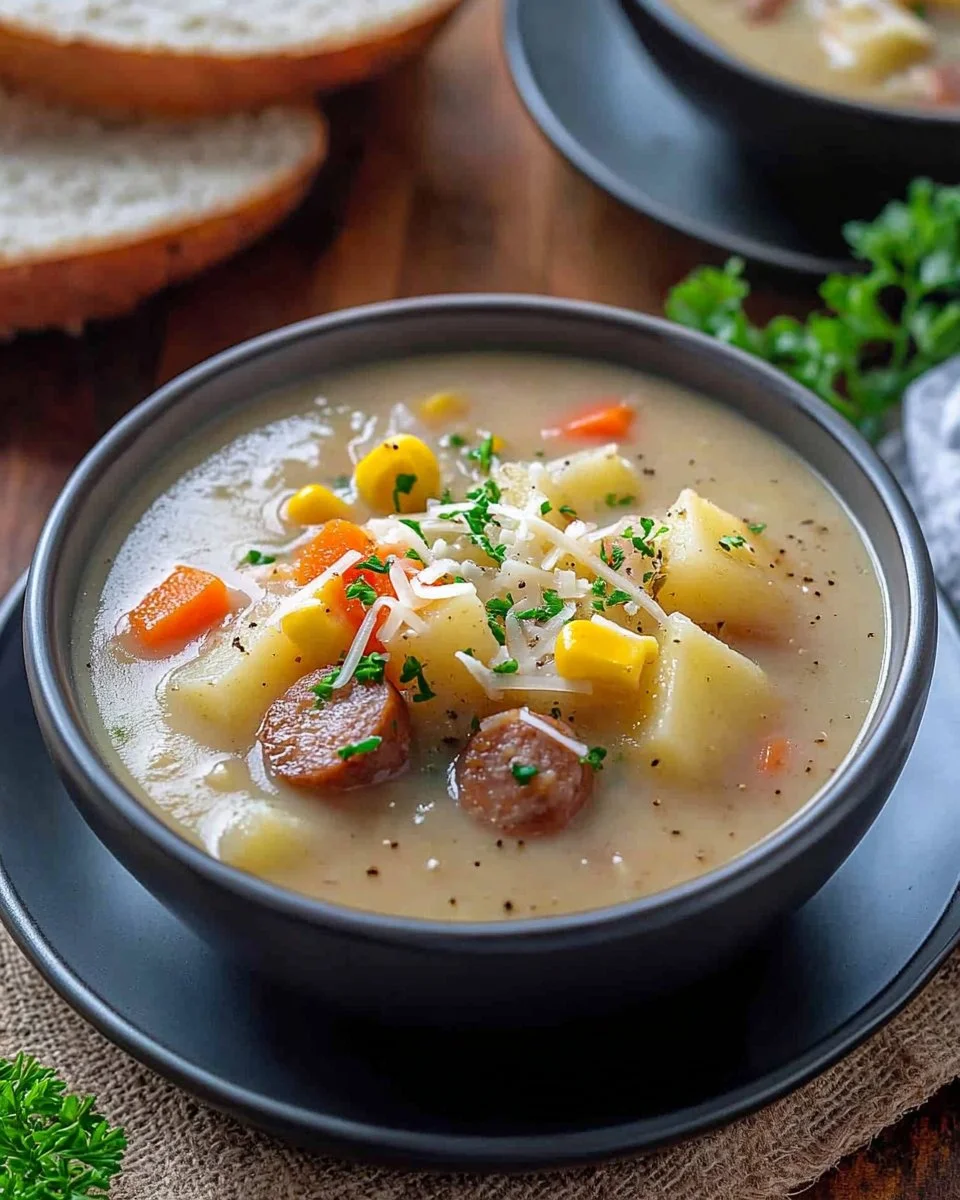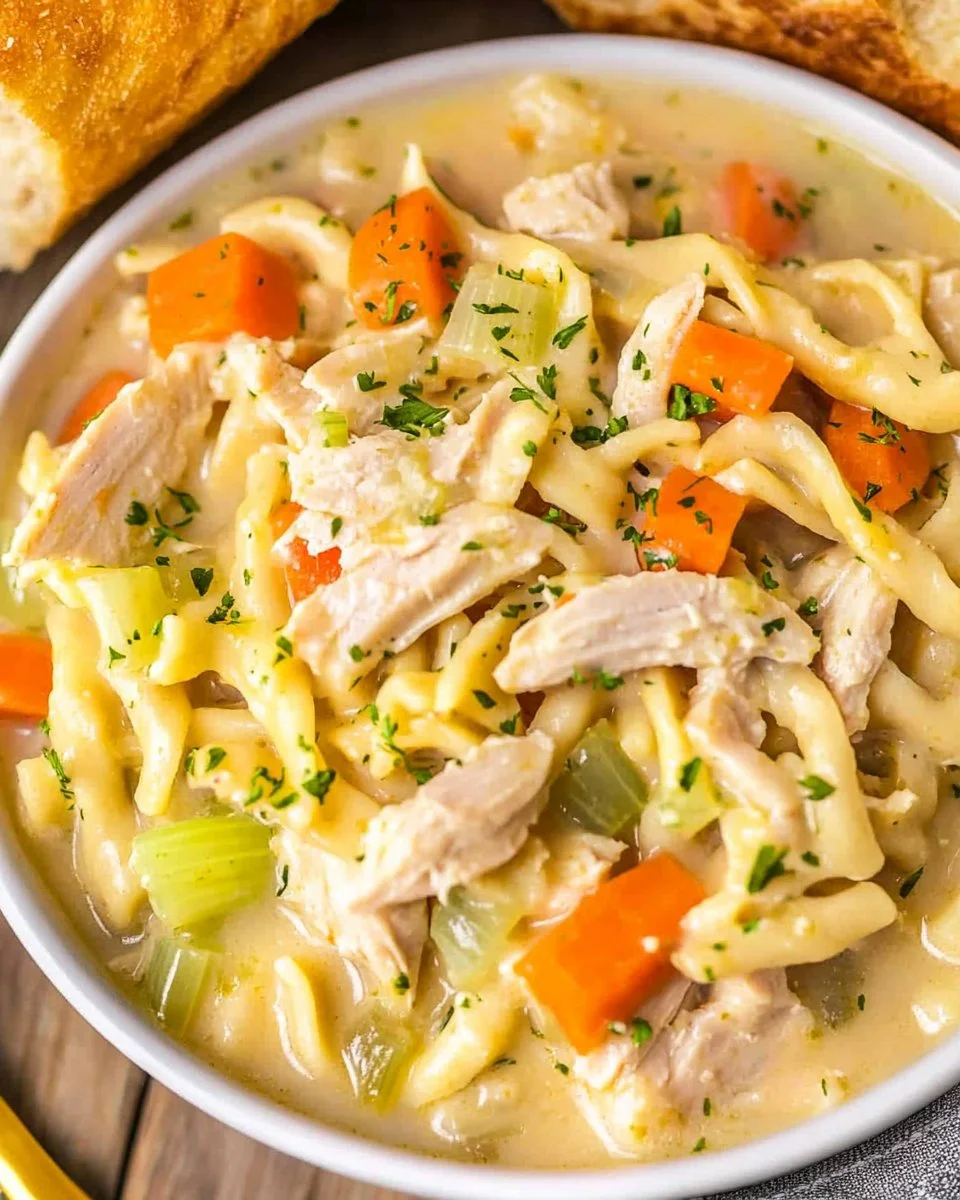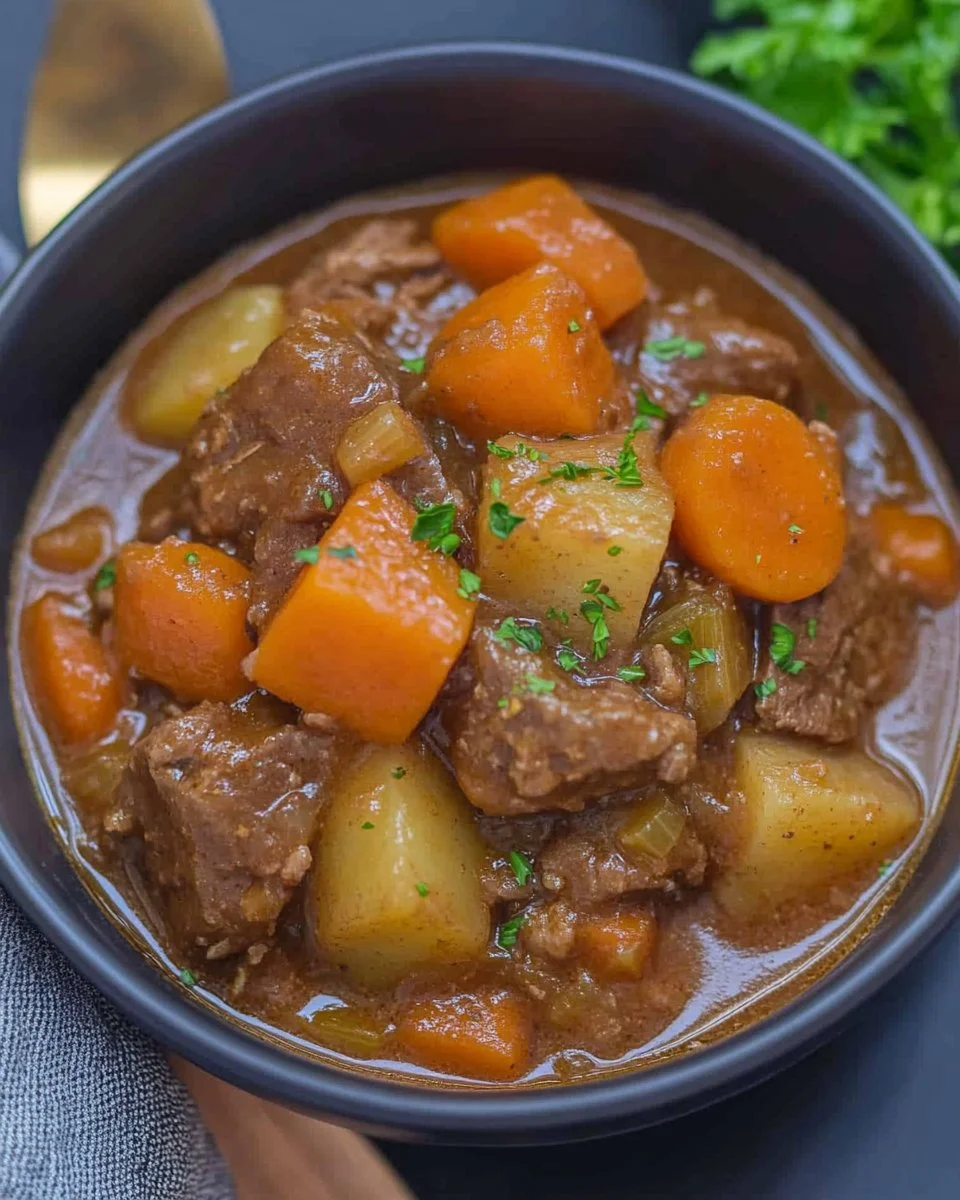There’s something truly special about a perfectly cooked ribeye roast. It’s a showstopping centerpiece, a feast for the senses, and, when done right, incredibly tender and juicy. But achieving that melt-in-your-mouth tenderness isn’t just luck – it’s about understanding the meat, the techniques, and the science behind it all. This guide will give you everything you need to know to create a Ribeye Roast Recipe that will impress even the most discerning palates. This blog will teach you how to make a Ribeye Roast Recipe that is Incredibly Tender.
Understanding Ribeye Roast: Choosing the Right Cut for Tenderness
Before you even think about turning on the oven, the quest for tenderness begins with selecting the right piece of meat.
Prime vs. Choice: Grading and Marbling Explained
The USDA grades beef based on its quality, primarily focusing on marbling – the intramuscular fat that creates that delicious, melt-in-your-mouth texture.
- Prime: This is the highest grade, with the most marbling. Prime roasts are incredibly tender and flavorful, but they also come with a higher price tag.
- Choice: This is a more common and affordable grade. Choice roasts still have good marbling, but less than Prime. They can be very tender if cooked properly.
- Select: This grade has the least marbling and is generally leaner. It’s not the best choice for a ribeye roast recipe if tenderness is your primary goal.
Bone-In vs. Boneless Ribeye Roast: Which is More Tender?
This is a common debate!
- Bone-In: Many people believe that the bone adds flavor and helps keep the roast moist, contributing to tenderness. The bone also acts as an insulator, potentially leading to more even cooking.
- Boneless: Boneless roasts are easier to carve and cook a bit faster. However, they can be more prone to drying out if not cooked carefully.
Ultimately, both can be incredibly tender. The cooking method and proper technique are more important than the presence or absence of the bone.
Identifying a Well-Marbled Ribeye Roast Recipe: Visual Cues
Look for a roast with plenty of thin, white streaks of fat running throughout the meat. This is the marbling, and it’s your key to tenderness. Avoid roasts with large chunks of fat between the muscles, as this won’t render down and contribute to tenderness in the same way.
The Importance of Thickness: How it Affects Cooking Time and Tenderness
A thicker roast (at least 2 inches, preferably 3-4 inches) will cook more evenly and be less likely to dry out. A thinner roast will cook faster, but it’s more challenging to achieve a perfect medium-rare center without overcooking the edges.
Preparing Your Ribeye Roast for Maximum Tenderness
Preparation is key to unlocking the full potential of your ribeye roast recipe.
To Trim or Not to Trim: The Fat Cap Debate
The fat cap is the layer of fat on the outside of the roast.
- Leave it on: Most experts recommend leaving the fat cap on. As it renders during cooking, it bastes the roast, keeping it moist and flavorful. You can trim it after cooking if you prefer.
- Trim it partially: You can trim some of the thicker areas of the fat cap, leaving a thin layer (about 1/4 inch) for basting.
- Trim it completely: This is generally not recommended, as you’ll lose a lot of flavor and moisture.
Dry Brining vs. Wet Brining: Which Method is Best for Tenderness?
Brining helps season the meat and improve its moisture retention.
- Dry Brining: This involves rubbing the roast with salt (and sometimes other seasonings) and letting it rest in the refrigerator for several hours or even a few days. The salt draws out moisture, which then dissolves the salt and is reabsorbed into the meat, creating a more concentrated flavor and a more tender texture. This is generally the preferred method for a ribeye roast recipe.
- Wet Brining: This involves submerging the roast in a saltwater solution. While it can add moisture, it can also dilute the flavor of the meat. It’s more commonly used for poultry.
Marinades for Ribeye Roast Recipe: Flavor and Tenderizing Effects
Marinades can add flavor and, in some cases, help tenderize the meat.
Acidic Marinades: How They Work
Acidic marinades (using ingredients like vinegar, lemon juice, or wine) can help break down tough muscle fibers, making the meat more tender. However, they should be used with caution, as they can also make the meat mushy if left on for too long. Limit marinating time to a few hours for the ribeye roast recipe.
Enzyme Marinades: Using Ingredients like Pineapple or Papaya
Certain fruits, like pineapple and papaya, contain enzymes that break down proteins. These can be very effective tenderizers, but they work quickly! Use enzyme marinades for only a short time (30-60 minutes) to avoid a mushy texture.
Room Temperature vs. Cold: Starting Temperature’s Impact
Bringing the roast to room temperature before cooking is a common recommendation, but it’s actually not necessary for tenderness and can even be a food safety concern. It’s best to cook your ribeye roast recipe directly from the refrigerator, especially for a larger roast. This helps create a better temperature gradient, allowing for a more evenly cooked interior and a nicely seared crust.
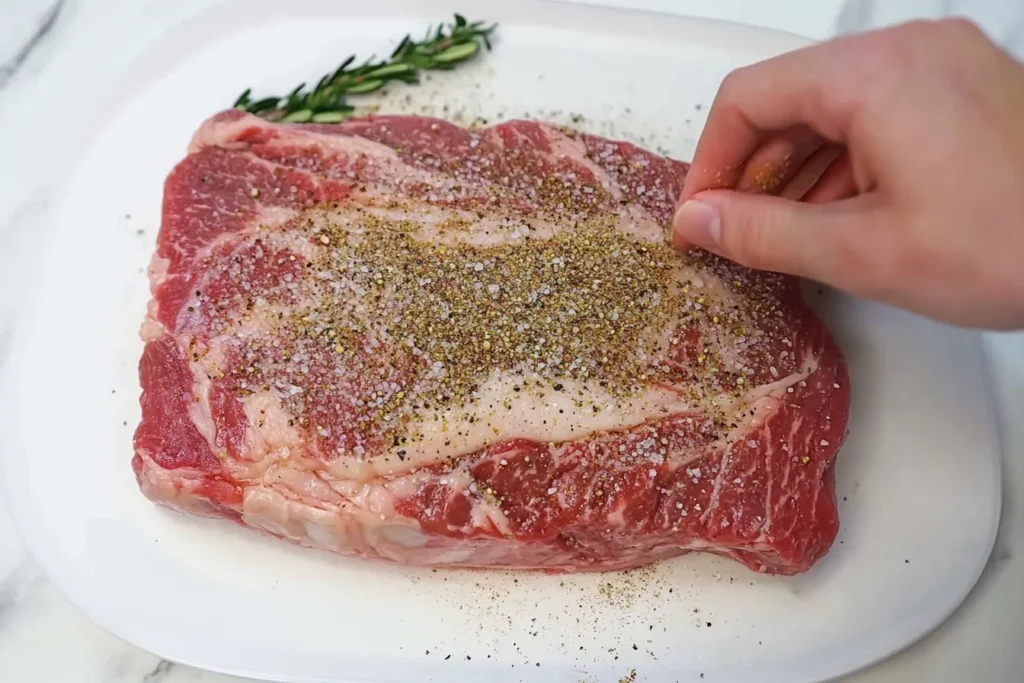
Mastering Cooking Techniques for a Tender Ribeye Roast
Now for the main event – cooking the roast!
Low and Slow Roasting: The Key to Even Cooking and Tenderness
Low and slow roasting is a fantastic method for achieving a tender ribeye roast recipe. Cooking at a lower temperature (around 275-325°F / 135-160°C) allows the heat to penetrate the meat more evenly, resulting in a more tender and juicy result.
Reverse Searing: Achieving a Perfect Crust and Tender Interior
Reverse searing is a popular technique that involves cooking the roast at a low temperature until it reaches the desired internal temperature, and then searing it at a high temperature to create a flavorful crust. This method gives you excellent control over the doneness and results in a beautifully tender and evenly cooked roast.
Traditional Roasting: High Heat Start, Low Heat Finish
This method involves starting the roast at a high temperature (around 450°F / 232°C) for a short time to create a crust, and then reducing the temperature to low (around 325°F / 160°C) for the remainder of the cooking time.
Using a Meat Thermometer: Ensuring the Perfect Internal Temperature
A meat thermometer is your best friend when cooking a ribeye roast recipe. It takes the guesswork out of determining doneness and ensures that you achieve the perfect level of tenderness.
- Rare: 125-130°F (52-54°C)
- Medium-Rare: 130-135°F (54-57°C)
- Medium: 135-140°F (57-60°C)
- Medium-Well: 140-145°F (60-63°C)
- Well-Done: 145°F+ (63°C+)
For a tender ribeye roast recipe, aim for medium-rare to medium.
Alternative methods
There are other ways to cook your ribeye roast.
How to cook Ribeye Roast Recipe on a grill
Sear the roast over high heat for a few minutes per side to develop a crust.
Then, move the roast to a cooler part of the grill and continue cooking over indirect heat until it reaches your desired internal temperature.
How to cook Ribeye Roast on a smoker
Smoking a ribeye roast recipe at a low temperature (around 225°F / 107°C) adds a delicious smoky flavor and helps keep the meat incredibly tender.
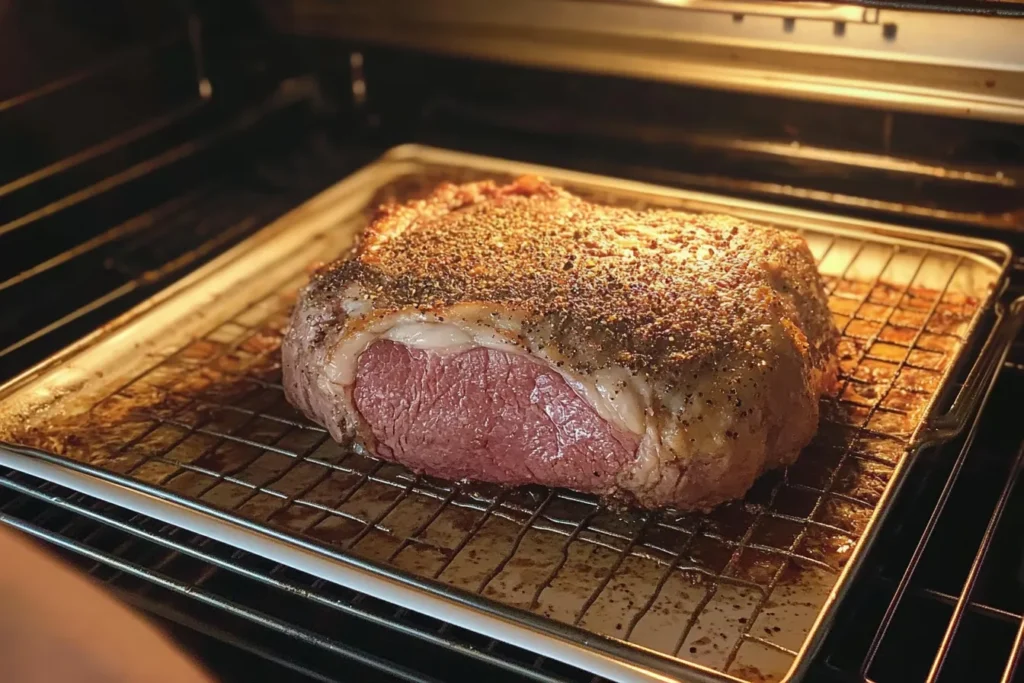
Step-by-Step Incredibly Tender Ribeye Roast Recipe
Here’s a recipe that combines the best techniques for a truly tender ribeye roast recipe.
Ingredients: Ribeye Roast, Salt, Pepper, and Optional Seasonings
- 3-4 pound bone-in or boneless ribeye roast
- Kosher salt (about 1 teaspoon per pound of meat)
- Freshly ground black pepper
- Optional seasonings: garlic powder, onion powder, dried herbs (rosemary, thyme), paprika
Step 1: Preparing the Roast (Trimming, Brining/Marinating)
- Pat the roast dry with paper towels.
- If desired, trim any excessively thick areas of the fat cap, leaving about 1/4 inch.
- Dry brine: Generously season the roast with salt (and any other desired seasonings) on all sides.
- Place the roast on a wire rack set over a baking sheet and refrigerate, uncovered, for at least 4 hours, or preferably overnight (up to 3 days).
Step 2: Seasoning the Roast: Simple vs. Complex Rubs
You can keep it simple with just salt and pepper, or create a more complex rub with your favorite herbs and spices.
Step 3: Roasting the Ribeye: Time and Temperature Guidelines
- Preheat your oven to 275°F (135°C).
- Place the roast on a roasting rack in a roasting pan.
- Insert a meat thermometer into the thickest part of the roast, avoiding the bone (if present).
- Roast until the internal temperature reaches 120-125°F (49-52°C) for medium-rare, or your desired doneness. This will take approximately 1.5 to 2.5 hours, depending on the size and thickness of the roast.
- Sear (Optional): If you want a more pronounced crust, you can sear the roast after it comes out of the oven. Heat a heavy-bottomed skillet (cast iron is ideal) over high heat until smoking hot. Sear the roast on all sides for 1-2 minutes per side, until deeply browned.
Step 4: Resting the Roast: Crucial for Juiciness and Tenderness
- Remove the roast from the oven and transfer it to a cutting board.
- Tent it loosely with foil and let it rest for at least 15-20 minutes, or even longer for a larger roast. This allows the muscle fibers to relax and reabsorb the juices, resulting in a more tender and flavorful roast.
Step 5: Carving the Ribeye Roast: Against the Grain for Maximum Tenderness
- Use a sharp carving knife to slice the roast against the grain. This means cutting perpendicular to the direction of the muscle fibers. Cutting against the grain shortens the muscle fibers, making the meat easier to chew and more tender.
Troubleshooting: Common Ribeye Roast Tenderness Problems
Let’s address some common issues.
My Roast is Tough: Why and How to Fix It
- Under-cooking: Make sure you cook the roast to the correct internal temperature.
- Poor Quality Meat: Choose a well-marbled roast (Prime or Choice grade).
- Not Resting Long Enough: Resting is crucial for tenderness.
- Cutting with the Grain: Always carve against the grain.
My Roast is Dry: Maintaining Moisture During Cooking
- Over-cooking: Use a meat thermometer and cook to the desired doneness.
- Not Enough Fat: Choose a roast with good marbling and leave the fat cap on.
- High Cooking Temperature: Use a low and slow cooking method.
- Not Brining: Brining helps retain moisture.
My Roast is Unevenly Cooked: Achieving Consistent Doneness
- Uneven Thickness: Choose a roast that is relatively uniform in thickness.
- Hot Spots in Oven: Rotate the roast halfway through cooking.
- Starting with a Cold Roast: While we don’t recommend bringing it to room temperature, make sure it’s not frozen.
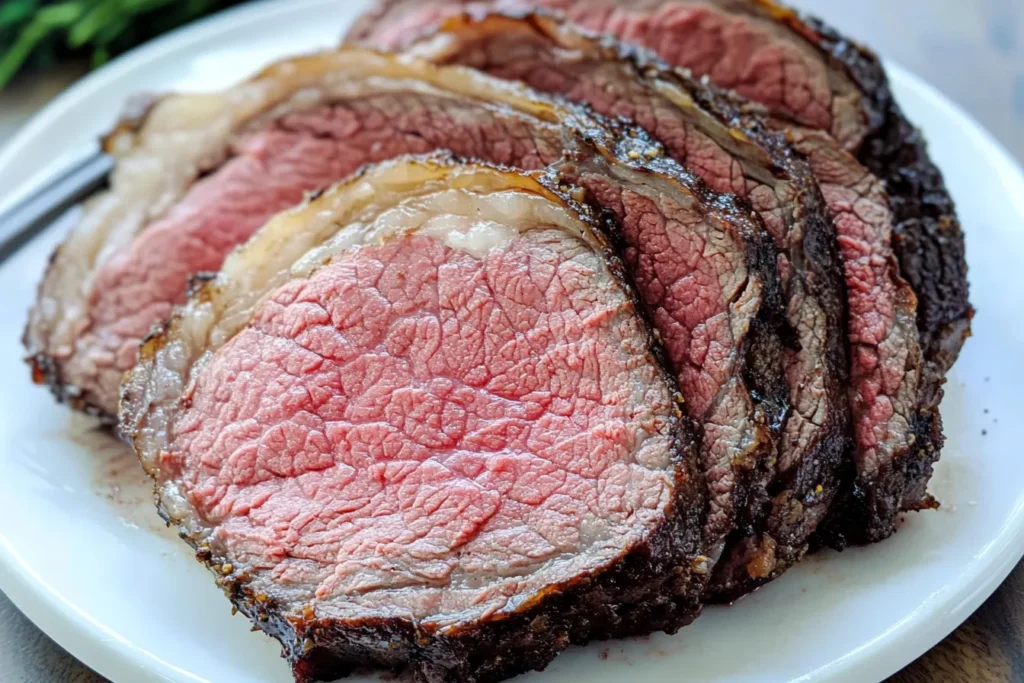
Serving Suggestions and Perfect Pairings for Ribeye Roast
Make it a complete meal!
Classic Sauces: Horseradish Cream, Red Wine Reduction
- Horseradish Cream: A classic pairing, the sharp, pungent flavor of horseradish cuts through the richness of the beef.
- Red Wine Reduction: A rich and flavorful sauce made by reducing red wine with aromatics and beef stock.
Best Side Dishes: Potatoes, Vegetables, Salads
- Potatoes: Roasted potatoes, mashed potatoes, and scalloped potatoes – all are excellent choices.
- Vegetables: Roasted asparagus, Brussels sprouts, green beans, or carrots.
- Salads: A simple green salad with a vinaigrette dressing provides a refreshing contrast.
Wine Pairings: Choosing the Right Red Wine
A full-bodied red wine with good tannins is the best choice for a ribeye roast recipe. Cabernet Sauvignon, Merlot, or a Bordeaux blend are all excellent options.
Frequently Asked Questions
Let’s answer some common questions.
What Internal Temperature is Best for a Tender Ribeye Roast?
For a tender ribeye roast recipe, aim for medium-rare (130-135°F / 54-57°C) to medium (135-140°F / 57-60°C).
How Long Should I Rest a Ribeye Roast?
Rest the roast for at least 15-20 minutes, or even longer for a larger roast.
Can I Use a Frozen Ribeye Roast?
It’s best to thaw a frozen ribeye roast completely in the refrigerator before cooking. Cooking a frozen roast can lead to uneven cooking and a less tender result.
How Do I Store Leftover Ribeye Roast?
Store leftover ribeye roast in an airtight container in the refrigerator for up to 3-4 days.
How to reheat Ribeye Roast.
Reheat gently in a low oven (around 250-300°F / 120-150°C) until warmed through, or slice thinly and use in sandwiches or salads. You can also use a microwave.
Advanced Techniques for an Even More Tender Ribeye Roast
Want to take it to the next level?
Sous Vide Ribeye Roast: Precision Cooking for Ultimate Tenderness
Sous vide cooking involves vacuum-sealing the roast and immersing it in a water bath held at a precise temperature. This method allows for incredibly even cooking and results in a perfectly tender ribeye roast. After sous vide cooking, you can sear the roast to develop a crust.
Dry Aging at Home: Enhancing Flavor and Tenderness (Pros and Cons)
Dry aging involves storing the roast in a controlled environment (usually a refrigerator) for several weeks. This process allows enzymes to break down the muscle fibers, resulting in a more tender and flavorful roast. However, dry aging at home requires careful attention to temperature and humidity to prevent spoilage. It’s generally best left to professionals.
There you have it – a comprehensive guide to creating an incredibly tender and delicious Ribeye Roast Recipe. From choosing the right cut of meat to mastering the cooking techniques, you now have all the knowledge you need to impress your friends and family with this culinary masterpiece. So, gather your ingredients, fire up the oven, and get ready to enjoy a truly unforgettable meal! And don’t forget to experiment with different seasonings and sauces to make it your own. Now go forth and roast!

